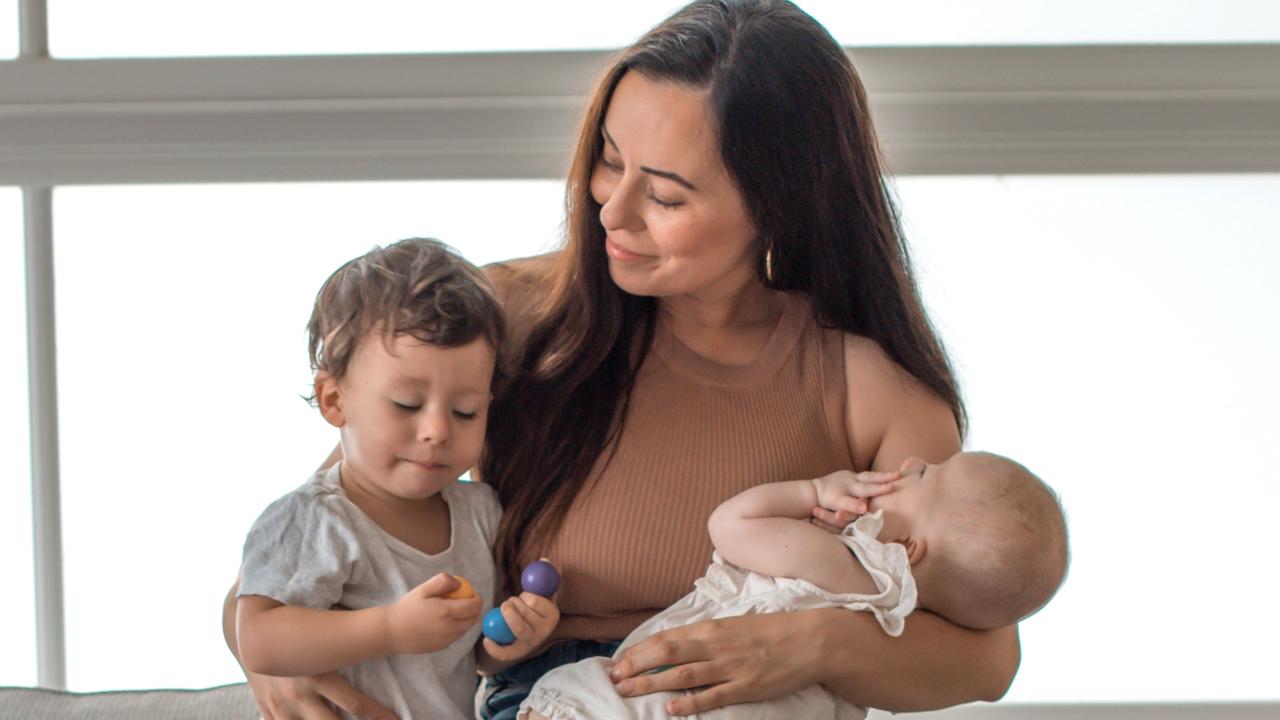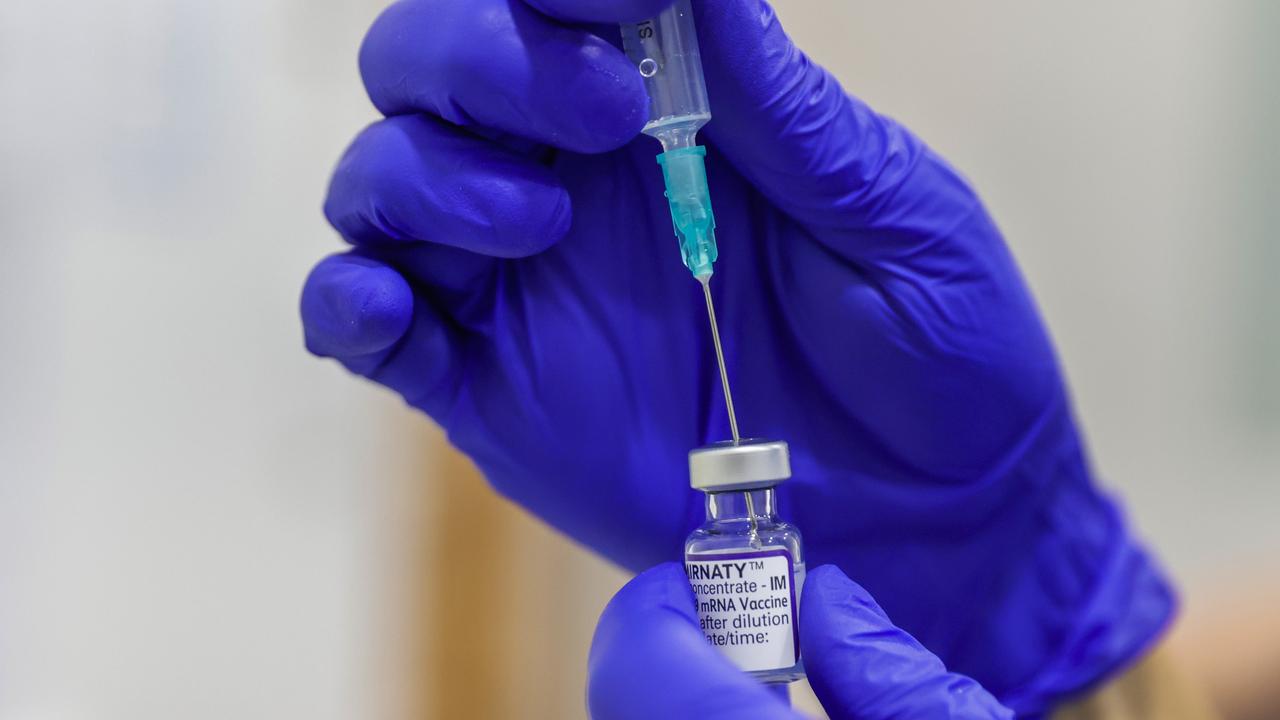NSW Covid: QR code changes, free rapid antigen tests
It’s time to start checking back into restaurants and shopping centres but masks are still not compulsory - here are all the changes you need to know.
NSW Coronavirus News
Don't miss out on the headlines from NSW Coronavirus News. Followed categories will be added to My News.
Free rapid antigen tests will be mailed directly to households and QR code check-ins will be brought back for NSW supermarkets and restaurants under changes to the state’s Covid policies.
Premier Dominic Perrottet said NSW did not have a “set and forget” Covid strategy but fell short of reintroducing a mandate for face masks after yesterday’s emergency national cabinet meeting.
Prime Minister Scott Morrison left the states to decide on mandating masks but was unequivocal on his stance, telling Australians to “just wear one”.
“There’s no confusion about it, just wear one,” he said after his meeting with state premiers.
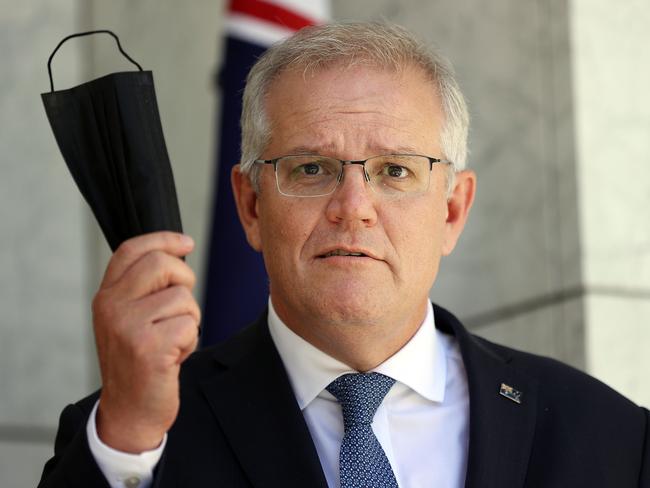
“Think of Christmas Day when you’re going to see elderly relatives, and wear a mask – it’s pretty simple.”
Increasing demand for PCR tests were among the top topics for debate at the meeting, leading to Mr Perrottet pursuing a UK-style strategy of delivering rapid antigen tests to homes, pharmacies, GP clinics and NSW health facilities – all for free.
Mr Perrottet said the changes would help free up testing clinics for “people who really need it”.
“Providing rapid-antigen testing kits for those who want to do the right thing will help take the pressure of our testing clinics, while giving people confidence to get on with their lives,” he said.
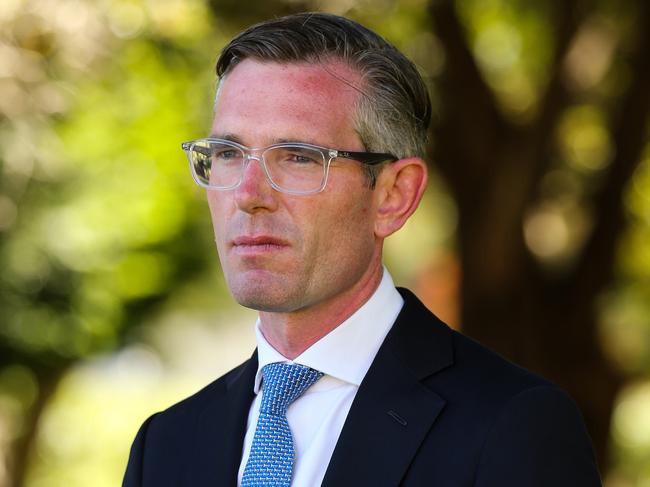
“This will also help people monitor their own symptoms and go about their daily activities in a responsible manner helping protect their themselves, their families and the community.”
Mr Morrison used the national cabinet meeting to put pressure on other states to abandon travel testing requirements to ease lengthy testing queues. He said only about one in every 1000 travellers were testing positive to Covid, compared to 20 out of every 1000 close contacts.
Health Minister Brad Hazzard has been instructed to find options to bulk order rapid testing kits and people will be encouraged to use them before heading to large-scale events and high-risk settings including aged-care homes, pubs, clubs, nightclubs, and hospitals.
QR code check-ins will be brought back for retail and hospitality to allow NSW Health to use them if required.
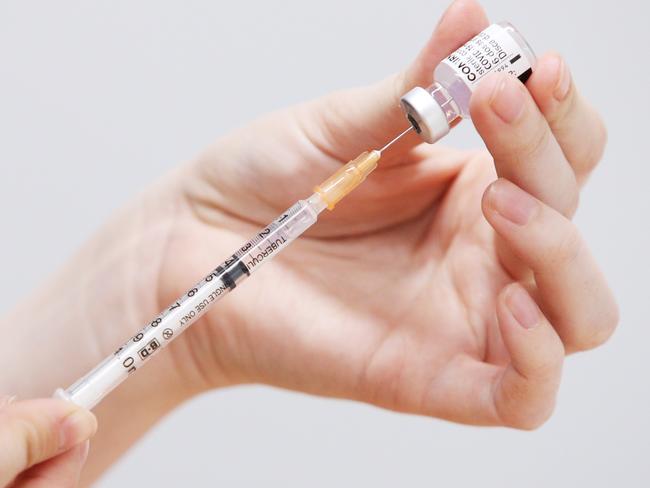
NSW has continued to break infection records with 3763 cases recorded on Wednesday with 40 people in ICU.
The national cabinet also agreed to introduce a new national definition for close contacts to overrule state differences.
Growing calls from doctors and pharmacists struggling to rollout booster shots were met with a $10 increase in federal government payments to them for putting jabs in arms. It came with the caveat that states should reopen their mass vaccination hubs to bolster the immunisation rate for third doses.
PM ORDERS NEW COVID MODELLING
Prime Minister Scott Morrison has commissioned new modelling forecasting “real cases and real situations” not “speculative assumptions” a day after the latest data from the Doherty Institute was leaked before being shown to the national cabinet.
Australia has consistently defied grim Covid-19 modelling over the past two years, experts say, while the country’s top doctor also hosed down the Doherty modelling that the nation could see 200,000 cases a day.
The data has been labelled unlikely and “the worst-case scenario” by chief medical officer Professor Paul Kelly.
“(The scenario presents) assumptions that the Omicron variant is as severe as the Delta variant, an absence of hospital surge capacity, a highly limited booster program, no change to baseline public health and social measures and an absence of spontaneous behaviour change in the face of rising case numbers,” he wrote in an emphatic statement.
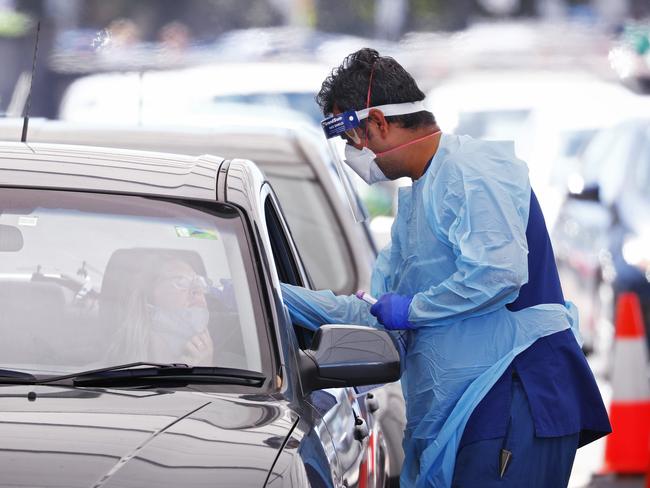
Prof Kelly said these predictions are highly likely to be wrong based off preliminary data which showed Omicron is less severe than other strains.
From predictions of tens of thousands of deaths by Christmas last year to claims that Greater Sydney could average more than 2000 cases a week in September, Covid-19 modelling from Australia’s best institutes has consistently not been realised.
NSW Health Minister Brad Hazzard has previously revealed he was haunted in March 2020 by modelling predicting 25,000 deaths by Christmas that year.
In reality, 909 people died Australia wide in the first year of the pandemic with 28,000 total cases.
Modelling from the Burnett Institute during the Delta wave predicted that cases would reach a peak in mid-September, with a seven-day average between 1219 and 2046 for Greater Sydney – those peaks were never realised with case numbers lingering in the 200s.
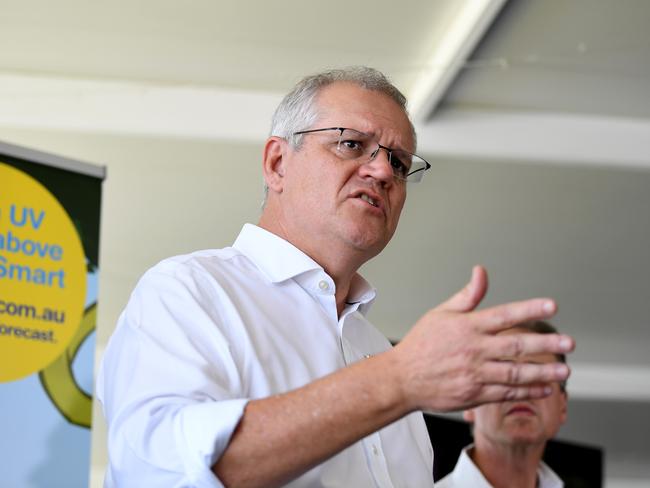
Statistician Rebecca Chisholm said it was important to note that scenario modelling was not a forecast.
“There is nothing going into these models that is unreasonable, but you can’t predict how people would respond,” Dr Chisholm said.
“There is a lot of uncertainty that goes into models which means there is a lot of uncertainty in what comes out of models. It’s not supposed to be a forecast.”
Infectious diseases expert Professor Peter Collignon said it was crucial that governments “calibrate” modelling with real-life data.
“If you look at what was predicted for NSW last October, that didn’t happen either. There are a lot of assumptions in our modelling,” he said.
“What we don’t do is calibrate this data and readjust it. If you look at countries that had much worse Covid than us.”
Virologist Tony Cunningham said modelling was likely made “a few weeks ago” and the information about Omicron has evolved since.
“The problem with modelling is, it’s taking the current scenario to project the future,” he said.



